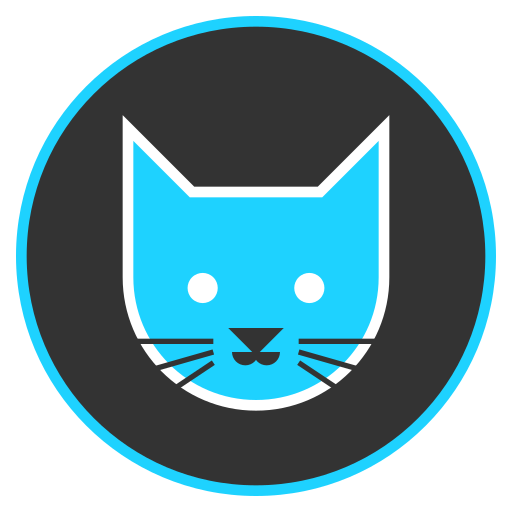Are you able to query to see what IP address that domain returns? Does it return the 192.168.x address that you set?
Edit: But the idea is to first see where the connection is failing… first see what error your browser is returning? 5xx? 4xx? This can be an indication as to where the error is happening. But high-level check DNS first, see if nslookup or dig return the IP address that you set. (Remember changes to DNS entries can take time to propagate). Assuming all of that is correct, then check to see what nginx is showing in its logs. Do you see it logging anything every time you try and access it via the domain name? Next up is checking the logs from plex itself, does it show any logs coming though? etc… But the idea is to find where the connection is breaking down.




Honestly, very little. Unless you’re in a “not designed here” environment. There’s a lot of open source applications/libraries out there that can be added to your project to get what you need.
But I do agree, vibe coding can be great as long as it’s just for one off small projects. Need to do a quick computation or a quick POC and don’t want to spend the time setting everything up? Great!
But if you want to build an application that’s used by 1000 or even millions and receives regular updates? Please follow best practices / design patterns, etc… otherwise you’ll be rewiring the entire codebase every time you want to add a new feature.